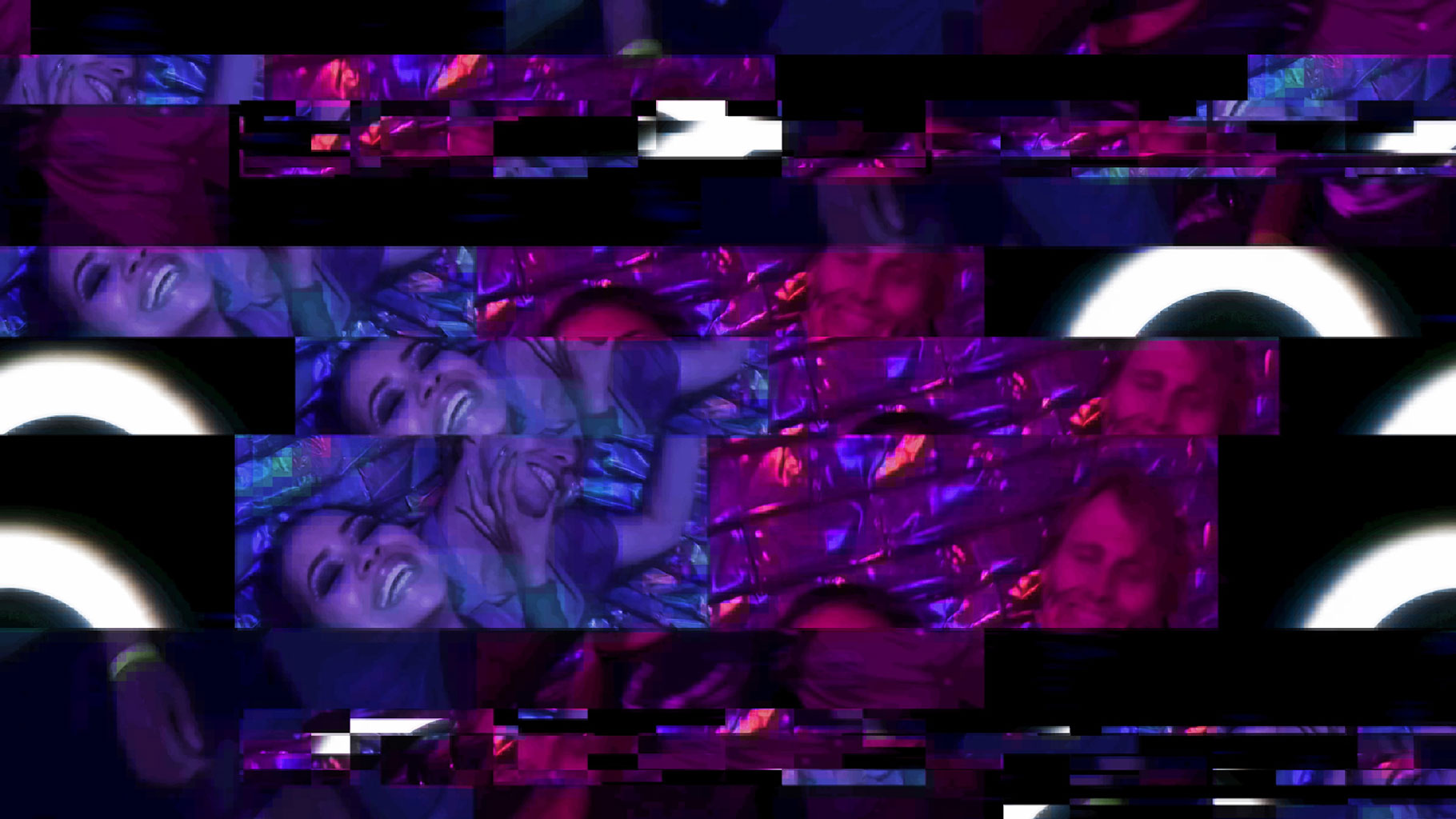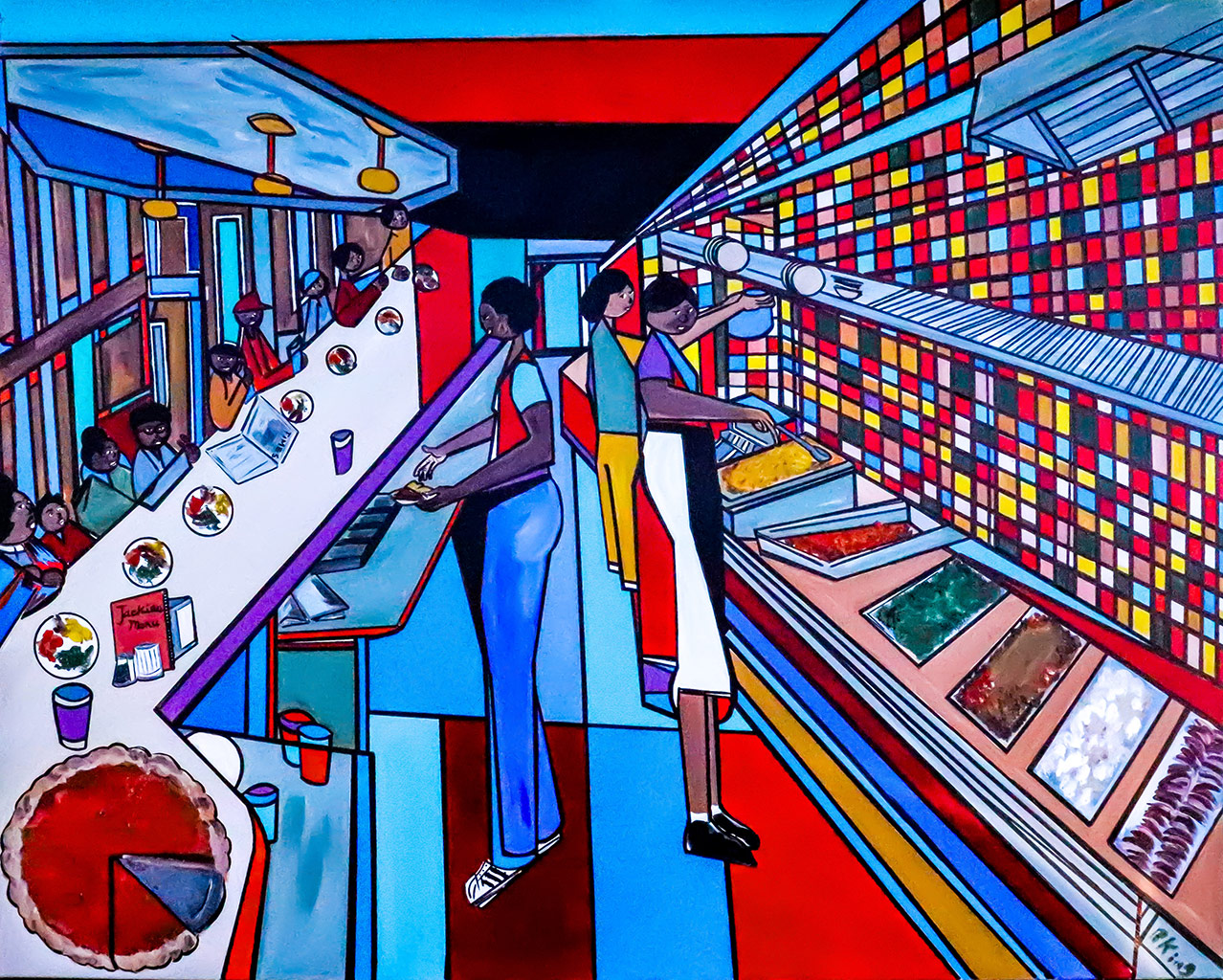Contemporary art really gets a bad rap sometimes. A canvas painted solid blue or an collage of abstract shapes might catch the eye of some, but it simply can’t be understood by everyone. Maquinas & Almas, Arte Digital Y Nuevos Medios (Machines & Souls, Digital Art and New Mediums) is a new temporary art exhibition at Madrid’s Museum of Contemporary Art, the Reina Sofia. This exhibition probably features contemporary art that is as universally-accepted as contemporary art will ever get.
Right now, simple electronic objects garner the attention of practically all human beings on the planet. Maquinas & Almas combines technology and art in an amazing, creative, and participatory way that engages even the largest of contemporary art skeptics.
Unfortunately, half of the exhibition closed on September 15th. Luckily, the remaining part of the exhibition was strong enough to stand alone on its own.
For starters are some relatively well-known pieces by Sachiko Kodama, which utilize toxic magnetic fluids and electrical pulses to create moving black structures.

Sachiko Kodama
One installation that held my attention for about an hour was Ben Rubin and Mark Hansen‘s Listening Post installation. The two hung small LCDs in a 11 tall and 21 wide rectangular shape, and filled the LCDs with various text tidbits datamined (remember in The Dark Knight?) from thousands of online chatroom conversations. Sequenced and timed alongside sound effects and digitalized voices, the installation was broken up into various arrangements of audio and visual harmony.
Once the arrangements had cycled through their program, the viewer would then find that even though the upcoming texts repeated the same patterns, they didn’t necessarily have the same datamined words. Only a person who stayed at the installation for hours would legitimately know how many iterations it really has.
While there are other pieces in the exhibit that were notable, Daniel Rozin‘s Trash Mirror stood out the most. The piece is assembled like a mosaic, with individual pieces of recycled trash placed side by side to create a nice neat rectangle. An overhead light illuminates all of the pieces, and when no objects are nearby, all of the trash is clearly visible. When someone stands in front of the trash mirror, however, motion sensors then reflect the “mirrored” pieces downwards, removing them from the direct overhead light. The result is a pulsing, twitching shadow that mirrors the form and actions of the individual standing before it.
Again, enough talking about the piece, though… go to http://www.smoothware.com/danny/newtrashmirror.html to see the Trash Mirror in all its moving glory!!






